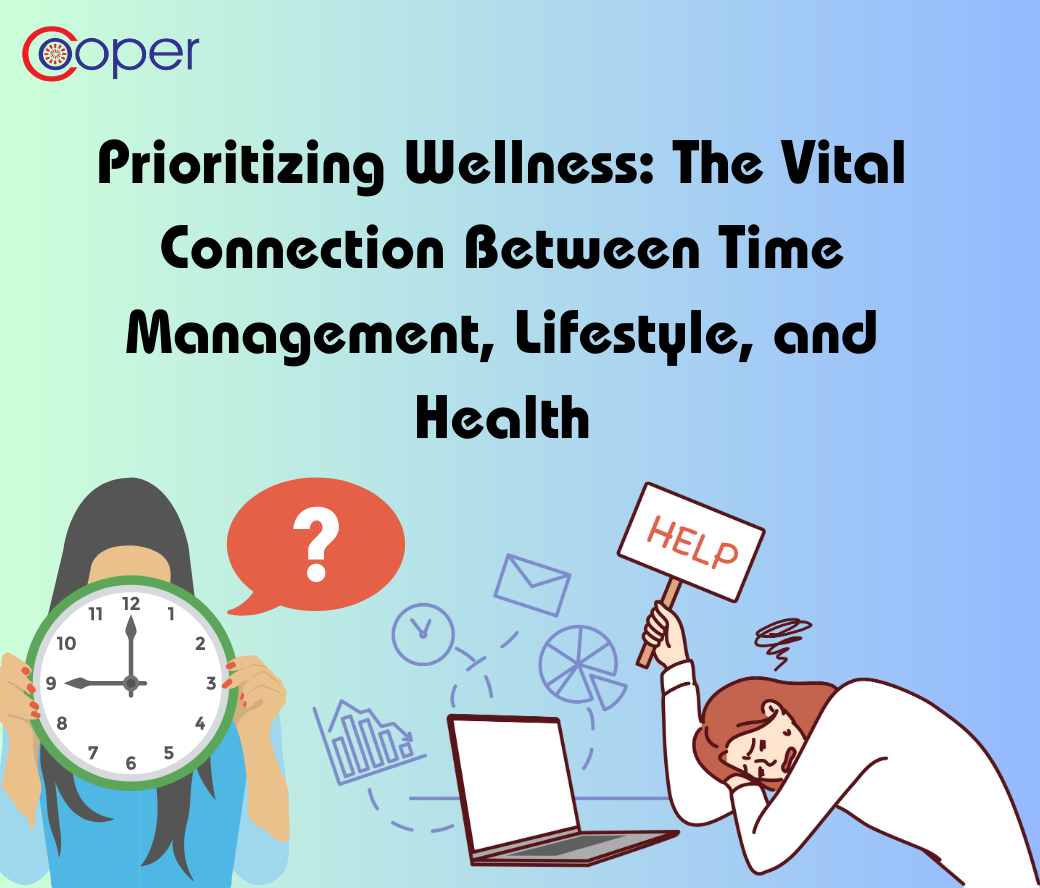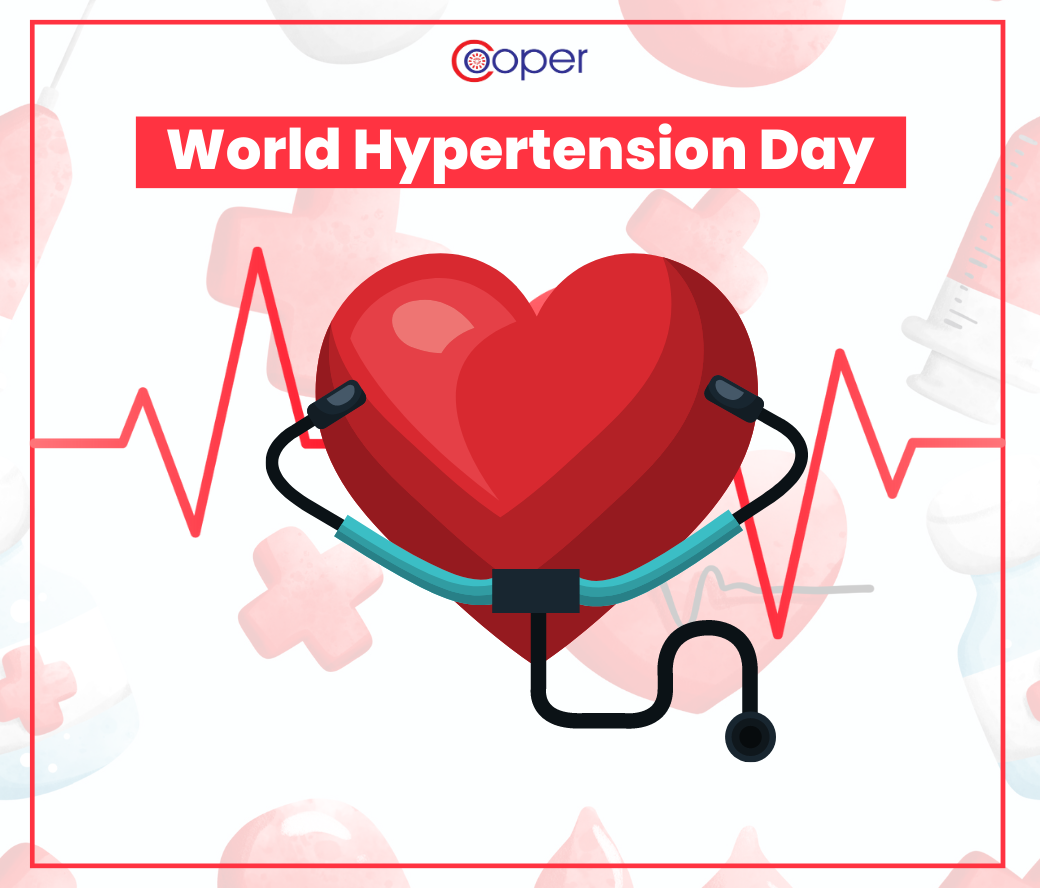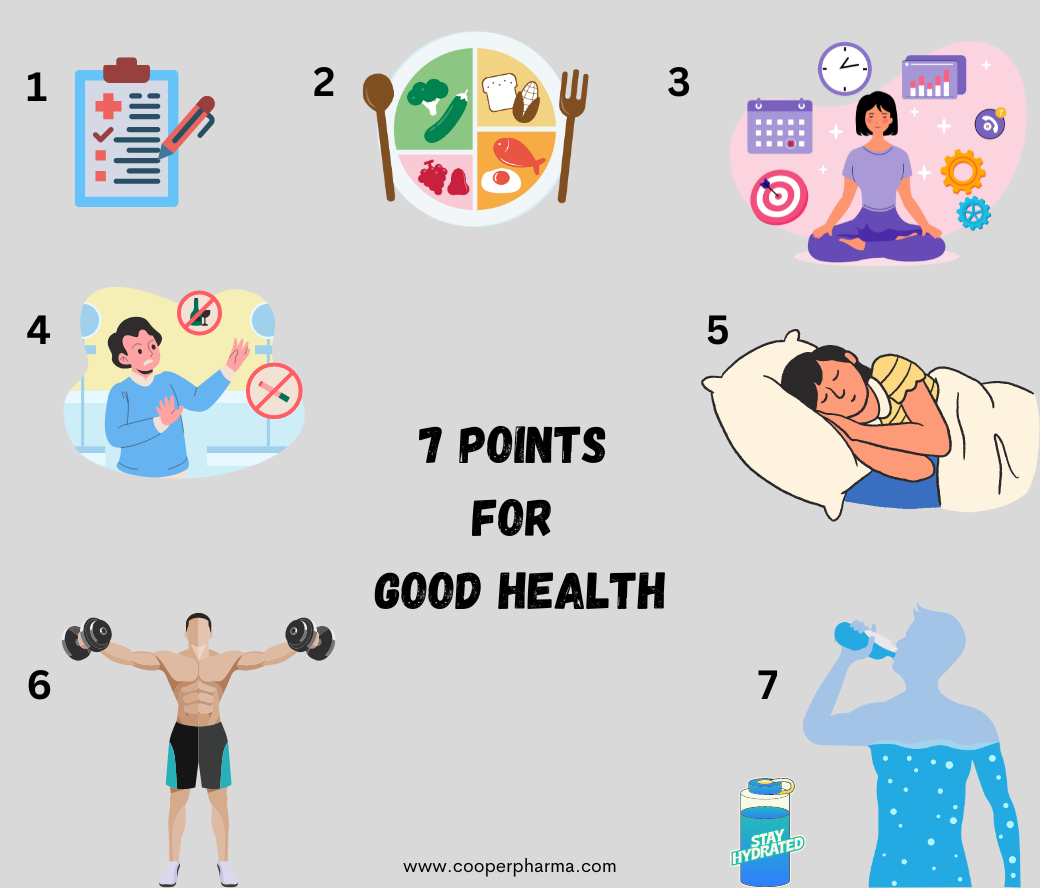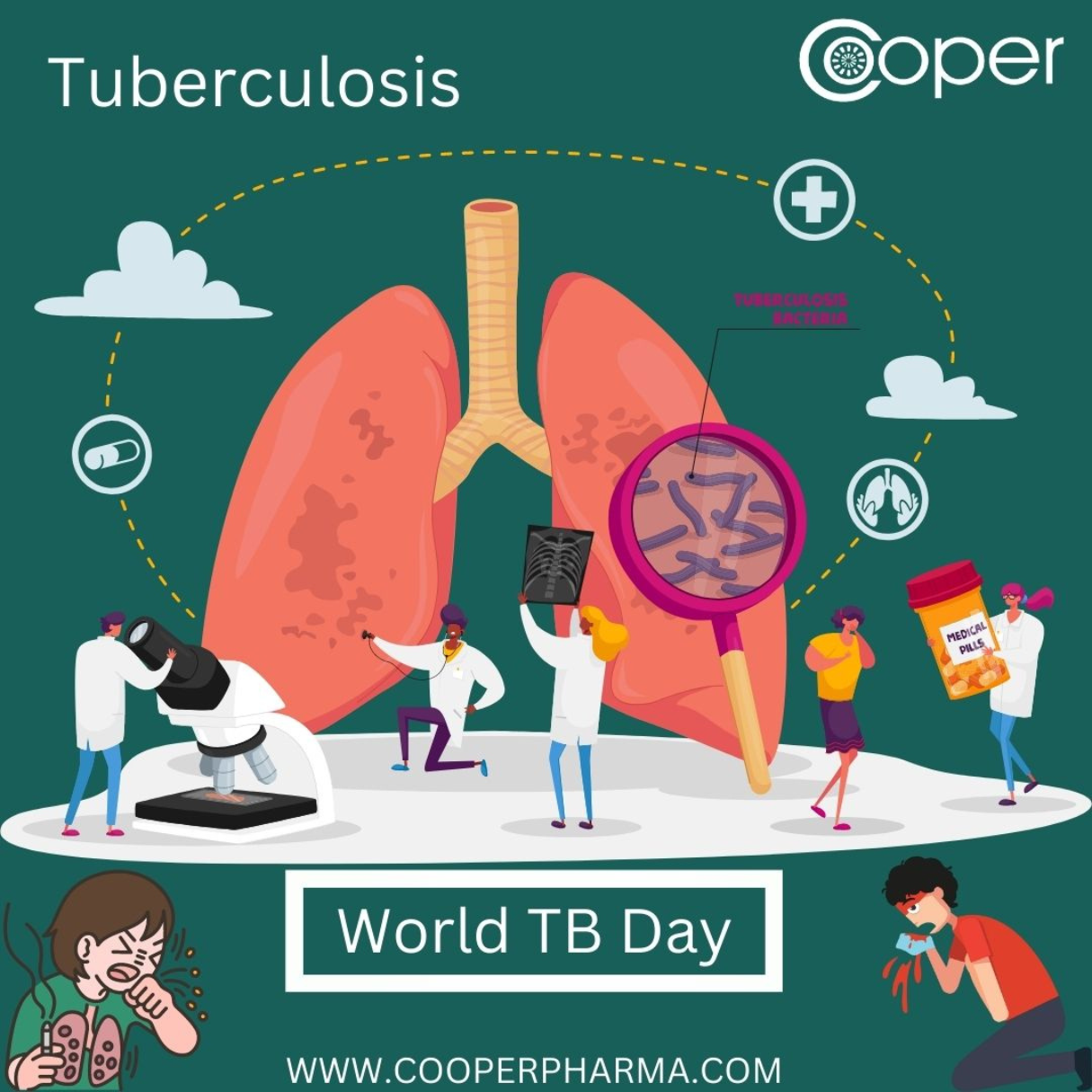Patient Centricity in Healthcare
Recent Blog

Patient Centricity in Healthcare
Date:- 2018-05-14 00:00:00
Patient centricity is associated with a high rate of patient satisfaction in terms of health care needs. The goal of patient’s centricity is to empower patients by providing good communication skills and address patient needs effectively. Healthcare is basically envisioned by coordination of care where patients get care and empower patient-centricity to health care delivery.
What does ‘patient-centric’ mean?
Patient centric means patient- centered care that requires a health care provider become and care to be undertaken which is effective and safe. The patient is at the center of a hub of delivery services. Now the better vision for ‘patient centricity’ is that of a more empowered, active participatory e-patient. This implies that patients have access to their data – on-demand, at-will. It also implies a more collaborative and participatory relationship between patients and health care providers like the doctor, the medical team, the hospital, etc. For doctors, it implies a change in the role of physician from being the source of expertise i.e. the Internet has changed where people search for health-related information – the “raw data” to being a safe, welcoming place that can help interpret the overwhelming information available and also coordinate the patient’s interaction with the whole healthcare delivery ecosystem.
Different patient-centric programs experiences best practices and new strategies to boost Patient Engagement. The healthcare environment has changed and will continue to change for many years to come. Pharmaceutical companies draws its attention to patient- centricity in marketing domain and increasing its role in medical affair function, the study found. Apart from marketing, the most popular functions that are involved in at least 65% of surveyed patient-centric initiatives are brand team, legal/regulatory affairs and medical affairs. These groups are often responsible for lifecycle management, so incorporating the brand team in patient-centric initiative planning is key to strategizing the product's lifecycle and impact. These initiatives may be integral to putting together educational and other medically focused materials, according to a recent study by pharmaceutical intelligence provider Cutting Edge Information. Legal and regulatory affairs groups are often necessary to avoid any potential compliance issues that may arise during patient-centric initiatives, such as patient privacy.
30% of respondents have purchased the treatment found online in a pharmacy without consulting a physician, and 40% by the physician prescribed the same brand mentioned online. In addition, 25% of respondents share the treatments received and their experience with drugs and treatments.
Well-rounded and cutting edge initiatives will provide patients with not only healthcare services, but also support to help them improve their quality of life beyond what a company's product can do. Although patient-centric initiatives involve many different functions and groups, the marketing function is arguably the backbone of many patient-focused efforts – especially branded ones. Direct-to-consumer (DTC) advertising and other branded initiatives targeted at patients often fall under this umbrella. As such, 71% of surveyed patient-centric initiatives involve marketing.
Practical steps to Patient Centricity:
- A consistent challenge for patient-centric programs
- Increase awareness of -- and improve strategy and planning for -- patient-centric initiatives
- Communication skills
- Healthcare professionals are the gateway
- Shift from a product to solution mindset



















.png)


